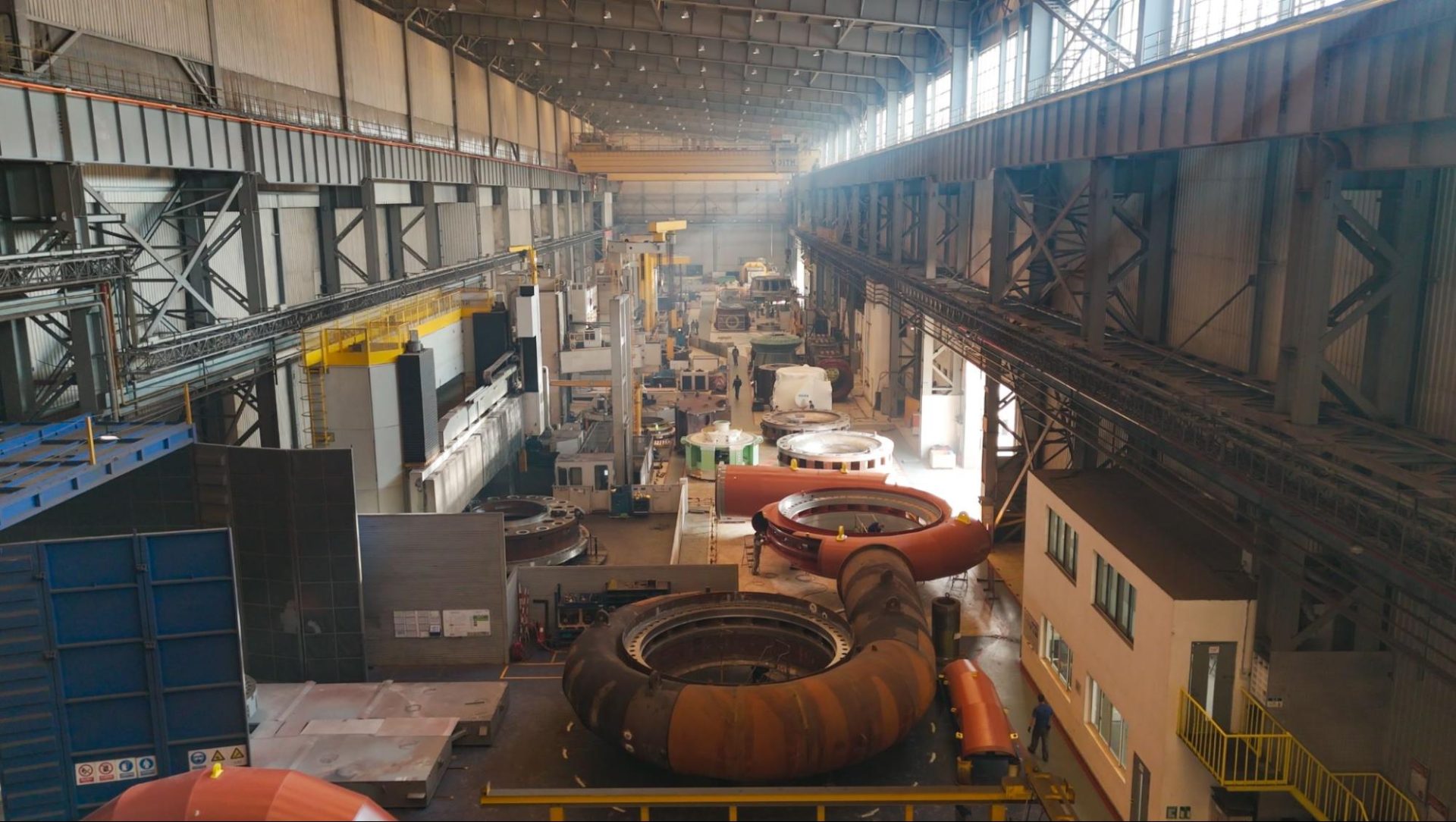Tunnelling of the Snowy 2.0 headrace adit at Tantangara has restarted following NSW government approval for the project’s planning modification.
Tunnel boring machine (TBM) Florence’s initial advance commenced last week. Tunnelling is being conducted in closed (slurry) mode and progress is slow and steady. The project has engaged specialist experienced personnel to manage this process.
Snowy Hydro CEO Dennis Barnes welcomed the milestone, which comes after a delay caused by soft ground conditions and the emergence of a sinkhole above TBM Florence.
“We were very pleased to receive the green light for tunnelling at Tantangara to recommence and to allow remediation of the subsidence area,” Mr Barnes said.
“The conditions of approval were developed through the extensive review, public consultation and determination process, and will be strictly adhered to as we get back underway with excavation of the tunnel.
“The Snowy 2.0 delivery team is acutely aware of its responsibilities working in the sensitive environment of Kosciuszko National Park. We are focused on achieving excellent environmental outcomes throughout construction of this pumped-hydro expansion of the Snowy Scheme and critical infrastructure for Australia’s transition to renewable energy.”
The modification approval extends the project’s western boundary above the TBM at Tantangara. This will enable close monitoring of surface conditions as TBM Florence advances. Surface monitoring will continue until there is at least 100 metres of overburden (distance from the TBM to the surface).
In preparation for the restart of tunnelling at Tantangara, extensive geotechnical investigations were carried out on the headrace adit alignment, along with ground improvement works.
Elsewhere on the project:
- At Talbingo, the Snowy 2.0 project continues to make good progress with excavation of the tailrace tunnel. TBM Lady Eileen Hudson has excavated approximately 1,000 metres since its relaunch in July.
- Manufacturing of Snowy 2.0’s six pumped-hydro units that will generate up to 2,200 megawatts of power for Australia’s electricity grid is in full swing.
- Five of the six 153 tonne spiral cases have been manufactured, along with four draft tube liners and cones, three main inlet valves and other major power station components, including the first turbine runner. One of the 13 metre long, 7.5 metre wide spiral cases was recently delivered to Lobs Hole, making a 442-km night time journey from Port Kembla to the Snowy Mountains.


